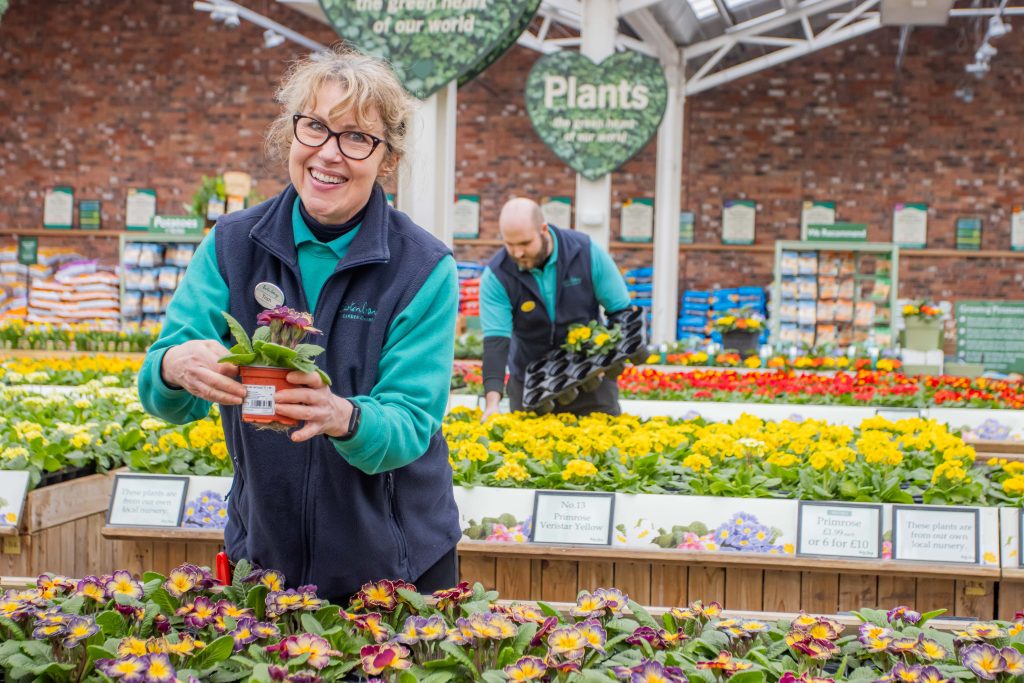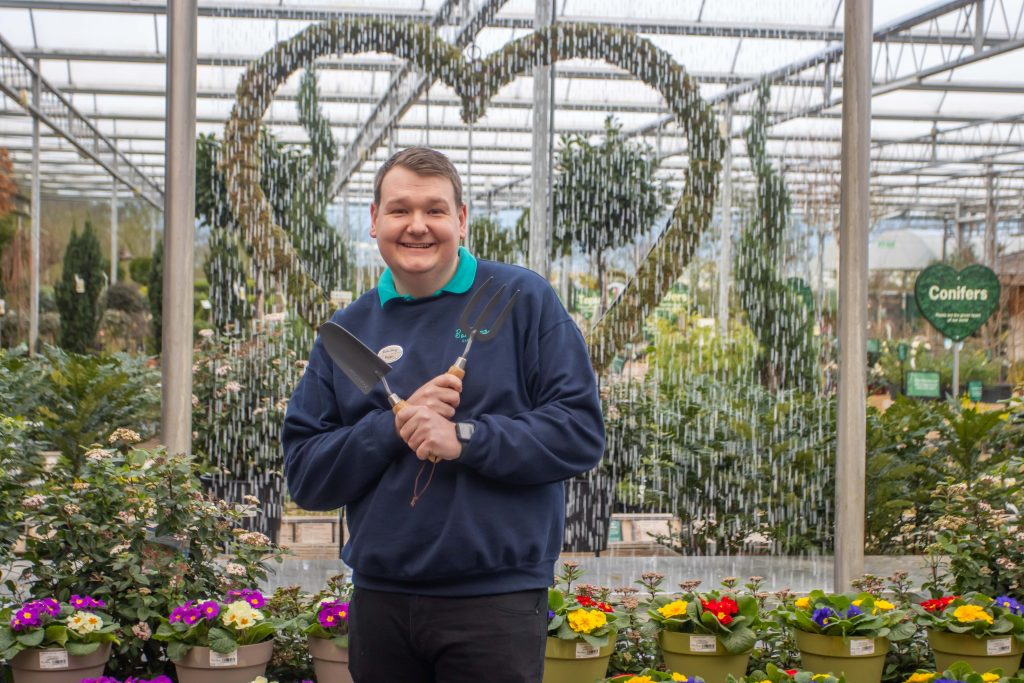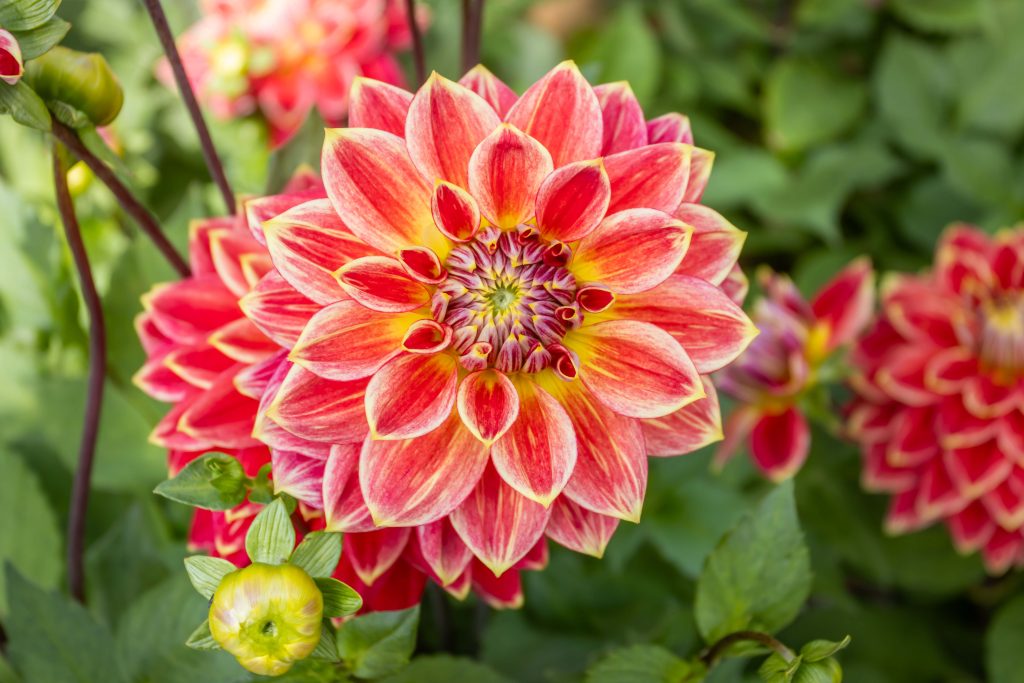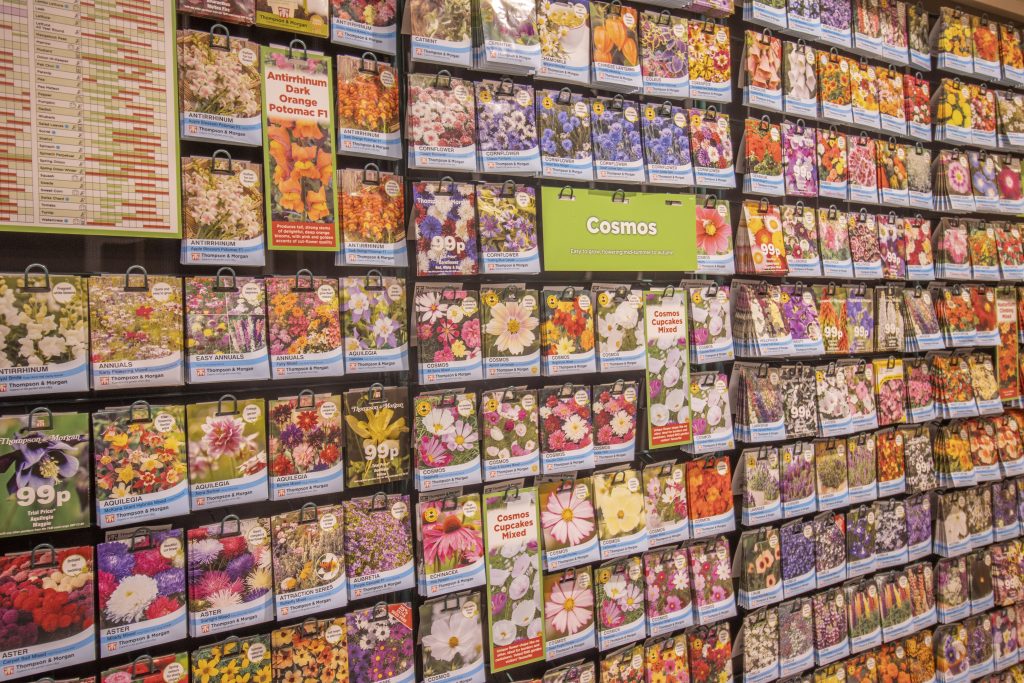Gardening Advice and Helpful Tips
Your gardening advice for July.
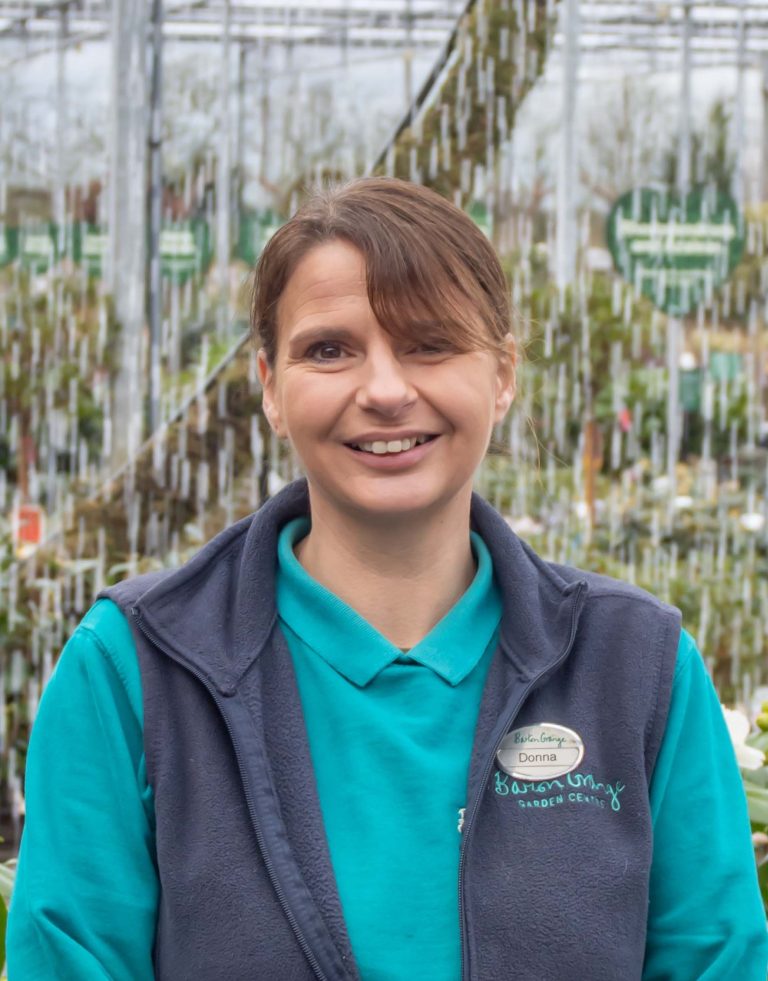
Donna Turner
Advice from Plant Area Supervisor
10 jobs to do in the month of July!
1. True blues
Hydrangeas will be looking fabulous this month and a question I’m asked a lot at this time of year is ‘how do I keep my hydrangeas blue?’ The answer is we advise to try to keep your soil acidic, aiming for a pH level lower than 5.5. We advise applying an organic mulch or pin needles, or you can try using a hydrangea colourant.
2. It's a snip
July is a good month to thin out your fruit trees by removing any excess or damaged fruits, enabling them to develop a more evenly ripe crop. Prune stone fruit trees such as cherry and plum by removing any crossing branches to maintain an open framework. Pruning now helps to avoid the risk of fungal diseases.
3. Coming up roses
Before your roses come into flower, it’s important to spritz them with an organic spray to get rid of any green fly, white fly and black spot. This will help to ensure they bloom beautifully throughout the year.
4. Lawn Love
It’s your last chance to apply a liquid summer feed to your lawn, especially if you didn’t do it in spring. The lawn will also need mowing once a week now to keep on top of its fast summer growth. Keeping the blades slightly higher helps the grass resist the extra summer wear.
5. Dazzling dahlias
Dahlias are a must have for any summer garden. Why not add the popular variety ‘Kelvin Floodlight’ for an instant wow factor. These beauties have large, lemon-coloured blooms which will give your garden a fresh summer glow. Pair this with Crocosmia ‘Lucifer,’ commonly known as ‘Montbretia’ for a striking display.
6. Autumn colour
July is the perfect time to plant bulbs that will bring colour in autumn. The likes of colchicum, sternbergia, amaryllis and nerine will flower in September and October. Nerines are a favourite of mine with their joyful shots of pink and white, and can make a real difference to the garden as winter draws in.
7. Feeling the pinch
Pinch out flowering annuals such as zinnias, cleomes, cosmos and sunflowers as well as pot plants such as fuchsias. Removing the tip of the main flowering shoots will encourage them to bush out.
8. Stake out
The lush growth in July can cause plants to topple, especially if lashed by rain, winds or thunderstorms. I suggest staking tall growing bulbs such as dahlias, lilies and gladiolus. Loosen ties on trees and standard roses if they are becoming too tight. Fix tree ties so the buckle is on the opposite side of the stake to your tree, remembering to put the spacer in the middle to prevent chafing.
9. Water wisely
To make water go further, try to water more thoroughly but less frequently, rather than little and often – so a few times a week rather than every day, depending on rainfall of course. Water early in the morning or in the late evening to minimise the amount of moisture that gets evaporated by the sun before plants have a chance to use it.
10. Feeding time
Plants in containers need regular feeding as they exhaust the available nutrients quickly. I recommend a weekly feed high in potash, using liquid seaweed or tomato feed, ensuring not to overfeed. This will help promote root and flower formation. Never be tempted to make the feed any stronger than the instructions recommend.
Feature plant: Echinacea
This lovely late summer flowering perennial will bloom all the way through July into late autumn. Adored by bees and butterflies, echinacea is perfect for growing in prairie-style drifts towards the middle or back of a border. They are easy to grow and will thrive in full sun.
Donna will be back next month with her gardening advice for August so be sure to check it out next month!
More Advice?

Ruth McNamee
Greenhouse Senior
October on the Veg Plot...
October is a great month to get ahead in the veg patch, writes Ruth McNamee.
Choose a sunny sheltered spot to sow broad beans. The variety Aquadulce Claudia does well from autumn sowing. Sow a double row with seeds 20cm apart. These plants should germinate, stand over winter and quickly establish when the weather warms. The crop can be enjoyed a couple of weeks earlier than spring sown seeds.
You can start to plant out garlic this month 15cm apart in rows 30cm apart. This can be left to next month if preferred. And there is still time to plant out overwintering onions. Make a shallow drill and place the sets pointy end up 15cms apart in rows 30cms apart. Onions are ready to harvest early next summer. Try onion and garlic in big pots and keep in a sheltered spot for the best results.
October is a great month to get your permanent planting done. It’s a good time to establish your fruit and asparagus beds while the soil is still warm from the summer heat. Rhubarb and asparagus crowns will now be available in the garden centre. Prepare the beds by removing all weeds. These crops will be in these beds for many years so it helps to give them a good start.
May is the month where strawberries flower so mulch plants with straw.
Prune early flowering shrubs such as the Forsynthia and Weigela.
Direct sow basil next to tomato seedlings to help draw white fly away.
Veg seeds that can be sown outdoors include courgette, beetroot and sprouts.
Lift and divide your spring bulbs and plant where you want for next year.
Check all foliage for lily beetle and greenfly and dispose of any found.
Gardening Jobs for January
Buy seeds to be sown in January or February.
Buy seed potatoes, onion sets and garlic.
Appraise the garden for form and structure, and plan alterations and additions.
Plant window boxes and containers for seasonal colour.
Protect vulnerable plants from frost and wind damage.
Firm in any autumn-planted shrubs and border plants lifted by frost.
Knock snow off branches, especially on conifers and hedges, if they are bending under the weight.
Check stakes and ties on newly planted trees.
Remember the birds in the garden and put out food for them, especially when it’s frosty.

